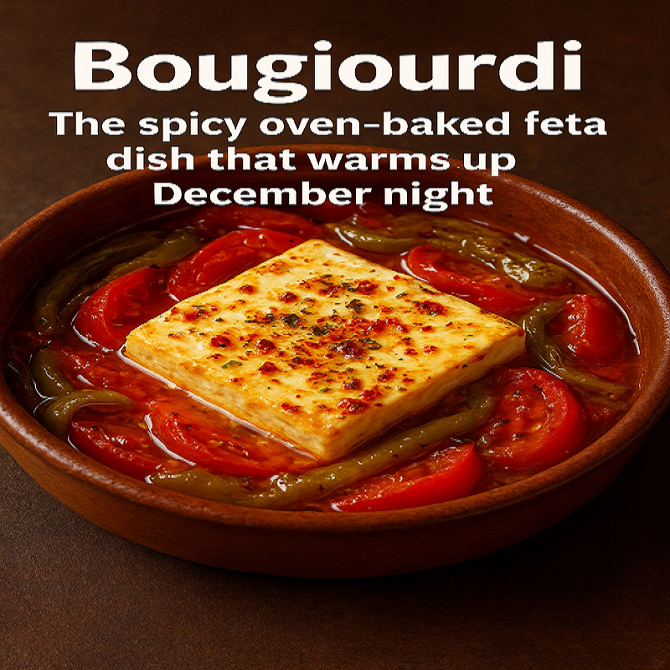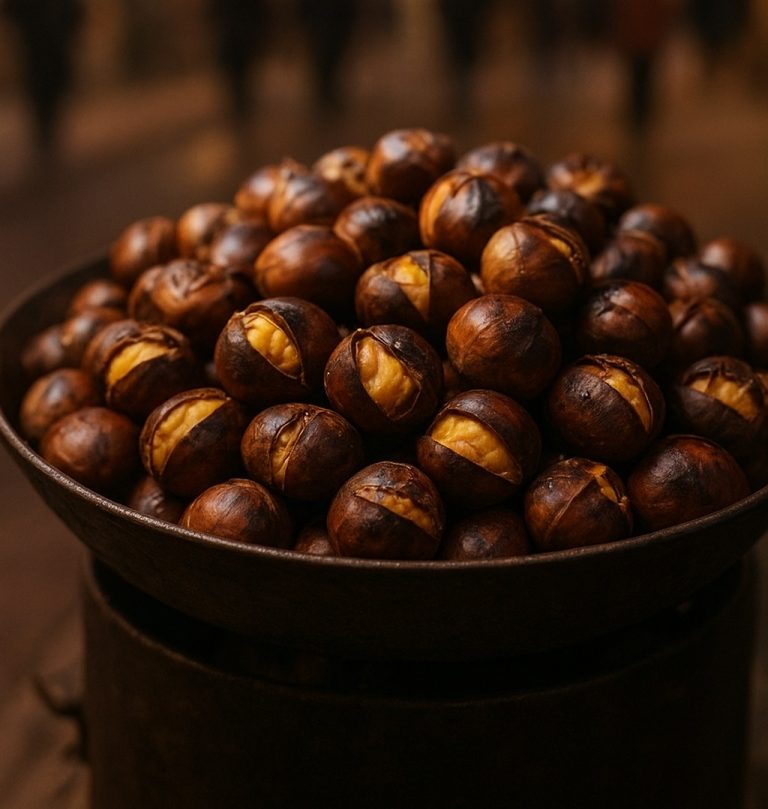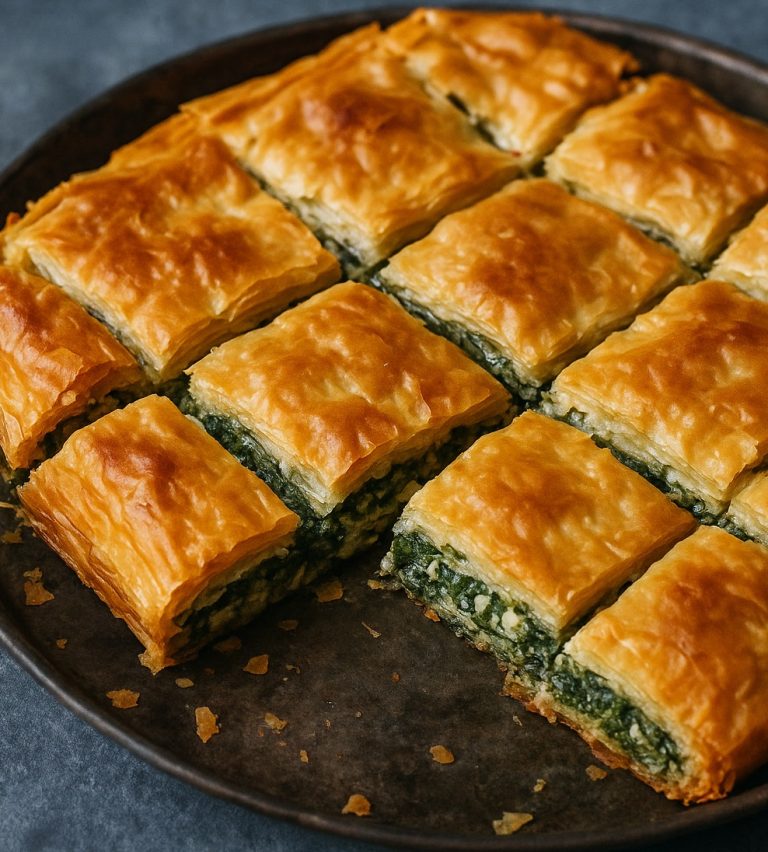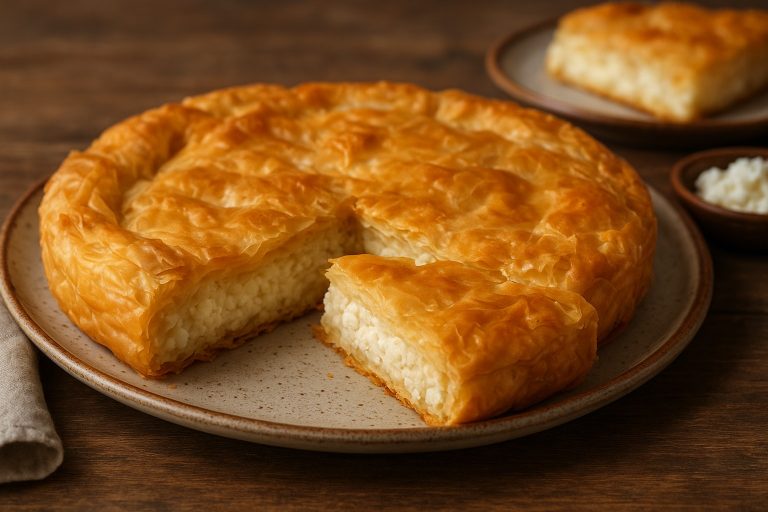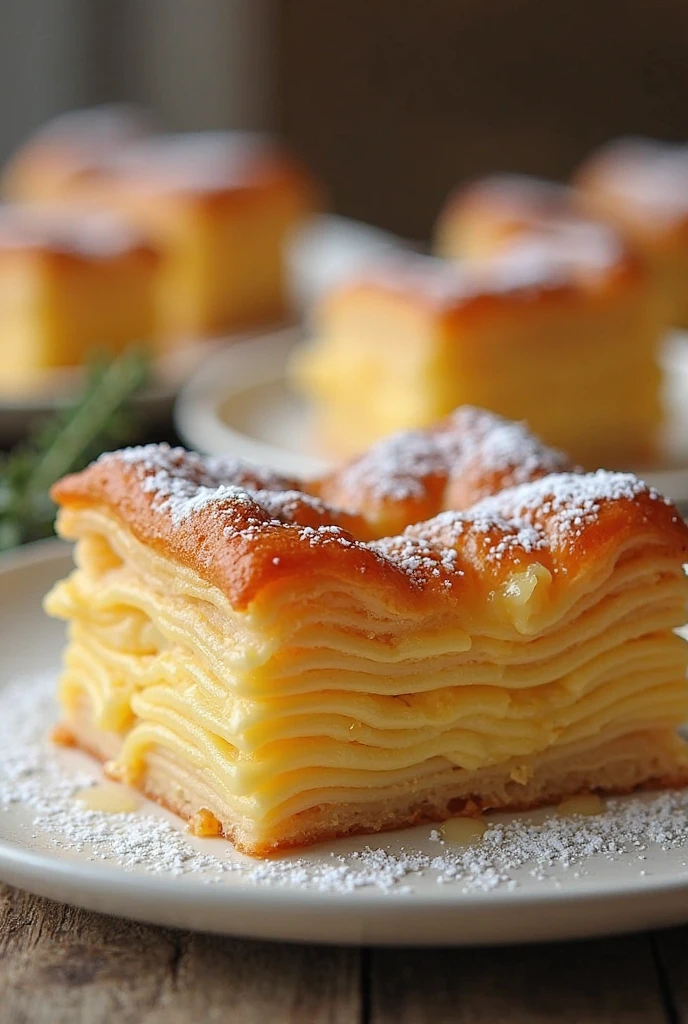
Galaktoboureko, a beloved Greek dessert, is a luscious pastry that combines layers of flaky phyllo dough with a creamy custard filling. This sweet treat is often infused with aromatic flavors and drizzled with syrup, making it a favorite among locals and visitors alike. Let’s delve into the history, preparation, and cultural significance of galaktoboureko.
Origins and History
Galaktoboureko has its roots in the Byzantine Empire and is a testament to the rich culinary traditions of Greece. The name “galaktoboureko” comes from the Greek words “gala” (milk) and “boureko” (a type of pastry). This dessert has evolved over the centuries, incorporating influences from various regions, particularly the Middle East and the Balkans.
Many believe that galaktoboureko was originally made by Greek immigrants who brought their culinary traditions to new lands, adapting local ingredients and techniques. It remains a staple in Greek households and bakeries, often enjoyed during celebrations, holidays, and family gatherings.
Ingredients and Preparation
Key Ingredients
The main components of galaktoboureko include:
- Phyllo Dough: Thin layers of pastry that create a crispy outer shell. Fresh or frozen phyllo can be used, with several sheets layered for a flaky texture.
- Custard Filling: A mixture of milk, sugar, eggs, and semolina, flavored with vanilla or lemon zest. The semolina gives the custard its unique texture, making it rich and creamy.
- Syrup: A sweet syrup made from sugar, water, and sometimes honey, flavored with a hint of lemon or cinnamon, which is poured over the pastry after baking.
Preparation Steps
- Make the Custard: Begin by heating milk in a saucepan. In a separate bowl, whisk together eggs, sugar, and semolina. Gradually add the hot milk to this mixture while stirring continuously to avoid curdling the eggs. Return it to the heat and cook until thickened. Remove from heat and add vanilla or lemon zest for flavor, allowing the mixture to cool slightly.
- Layer the Phyllo: In a large baking dish, brush the bottom with melted butter. Layer several sheets of phyllo dough, brushing each layer generously with melted butter. This technique creates the signature flaky texture. For a richer flavor, you can alternate layers with crushed nuts, like pistachios or walnuts.
- Pour the Custard: Once you have layered enough phyllo, pour the cooled custard filling over the phyllo layers, spreading it evenly.
- Top with Phyllo: Cover the custard with more layers of phyllo, again brushing each with butter. For an aesthetic touch, consider folding the edges of the phyllo over the filling. Cut the top layers into diamond or square shapes before baking to facilitate even cooking and easier serving.
- Bake: Bake in a preheated oven at around 350°F (175°C) until the phyllo is golden brown and crispy, typically about 30-40 minutes.
- Prepare the Syrup: While the galaktoboureko is baking, prepare the syrup by boiling sugar and water together, adding a slice of lemon or a cinnamon stick for flavor. Allow it to simmer until slightly thickened, then remove from heat.
- Soak the Pastry: Once the galaktoboureko is out of the oven, pour the hot syrup over the pastry while it is still hot, allowing it to soak in. This step is crucial for achieving the perfect balance of sweetness and moisture.
Serving and Enjoying Galaktoboureko
Galaktoboureko is typically served at room temperature or slightly warm. It can be garnished with powdered sugar or crushed nuts for added texture and flavor. This dessert is often enjoyed with a cup of Greek coffee or tea, making it a perfect ending to a meal or a delightful afternoon treat.
For special occasions, galaktoboureko can be served alongside other traditional Greek desserts, such as baklava or loukoum, creating a feast of flavors that showcases the richness of Greek pastry-making.
Cultural Significance
In Greece, galaktoboureko is more than just a dessert; it holds a special place in festive celebrations and family gatherings. Often prepared for special occasions, such as weddings, birthdays, and religious holidays like Easter, it embodies the spirit of Greek hospitality. The act of making galaktoboureko is often shared among family members, reinforcing bonds and traditions.
During significant events, it is common for families to prepare large trays of galaktoboureko to share with friends and neighbors, symbolizing generosity and community. The dessert’s preparation can even become a family tradition, passed down through generations, each adding their unique twist to the recipe.
Variations of Galaktoboureko
While the traditional version remains popular, several regional variations of galaktoboureko exist:
- Baklava-style Galaktoboureko: Some recipes incorporate layers of nuts between the phyllo and custard, similar to baklava, adding a delightful crunch.
- Chocolate Galaktoboureko: A modern twist involves adding cocoa powder to the custard or drizzling chocolate over the top, appealing to chocolate lovers.
- Fruit-Infused Galaktoboureko: Some variations include a layer of fruit, such as cherries or apricots, adding natural sweetness and a burst of flavor.
Conclusion
Galaktoboureko is a delicious representation of Greek pastry-making and culinary heritage. With its rich custard filling, flaky phyllo layers, and sweet syrup, this dessert is a must-try for anyone seeking to experience the flavors of Greece. Whether enjoyed at a local bakery, at a family gathering, or made at home, galaktoboureko is sure to leave a lasting impression on your taste buds and bring a taste of Greek tradition to your table.
